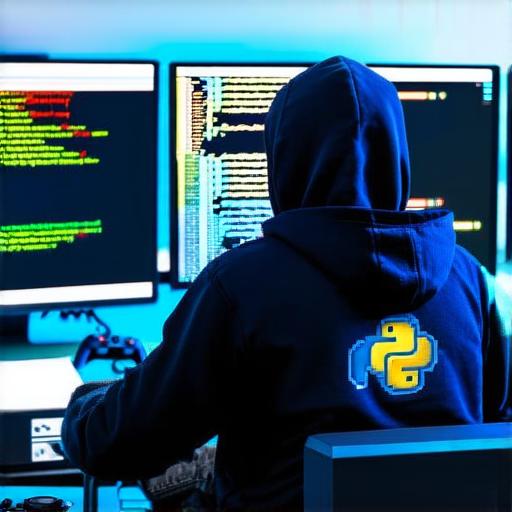Creating Games with Python: A Step-by-Step Guide
Python is a versatile programming language that can be used for a wide range of applications, including game development. With its simple syntax and extensive library support, Python is an excellent choice for beginners and experienced developers alike. In this guide, we’ll walk you through the process of creating your first game using Python.
I. Setting Up Your Development Environment
Before you can start coding, you need to set up your development environment. Here are the steps to get started:
- Install Python: You can download and install the latest version of Python from the official website (https://www.python.org/downloads/).
- Install a Code Editor: A code editor is essential for writing and debugging code. Some popular code editors for Python development include Visual Studio Code, PyCharm, and Spyder.
- Choose a Game Engine: Select a game engine that suits your needs. For this tutorial, we will be using Pygame.
- Install Pygame: You can install Pygame using pip (Python’s package manager) by running the following command in your terminal or command prompt:
pip install pygame.
II. Writing the Code
Now that you have set up your development environment, it’s time to start writing code. Here is a basic example of how to create a simple game using Pygame:
python
import pygameInitialize Pygame

pygame.init()Set up the display window
display_width = 800
display_height = 600
screen = pygame.display.set_mode((display_width, display_height))Set up the game loop
running = True
while running:
Handle events
for event in pygame.event.get():
if event.type == pygame.QUIT:
running = False
Clear the screen
screen.fill(pygame.Color.BLACK)
Draw text on the screen
pygame.draw.text(screen, "Hello World!", (10, 10), pygame.font.SysFont("Arial", 36))
Update the display
pygame.display.update()Quit Pygame
pygame.quit()
This code creates a simple game window and displays "Hello World!" on the screen. You can modify this code to add more game features such as graphics, sound, and input handling.
III. Advanced Topics in Game Development with Python
Python is a powerful language for creating games, and Pygame is a popular library that makes it easy to get started. With the examples and tutorials provided in this guide, you should have a good understanding of how to create your first game using Python and Pygame. From there, you can explore more advanced topics such as networking, multiplayer, and graphics rendering to create more complex and sophisticated games.
IV. Summary
Python is a powerful language for creating games, and Pygame is a popular library that makes it easy to get started. With the examples and tutorials provided in this guide, you should have a good understanding of how to create your first game using Python and Pygame. From there, you can explore more advanced topics such as networking, multiplayer, and graphics rendering to create more complex and sophisticated games.
